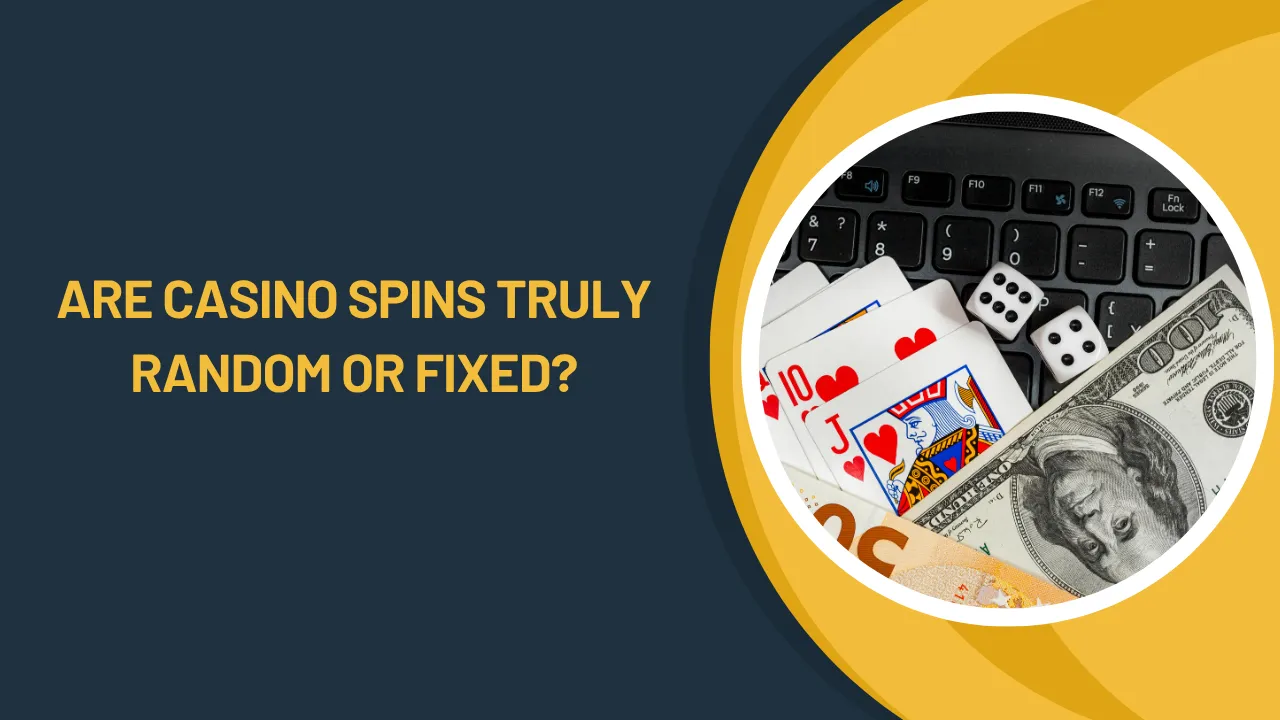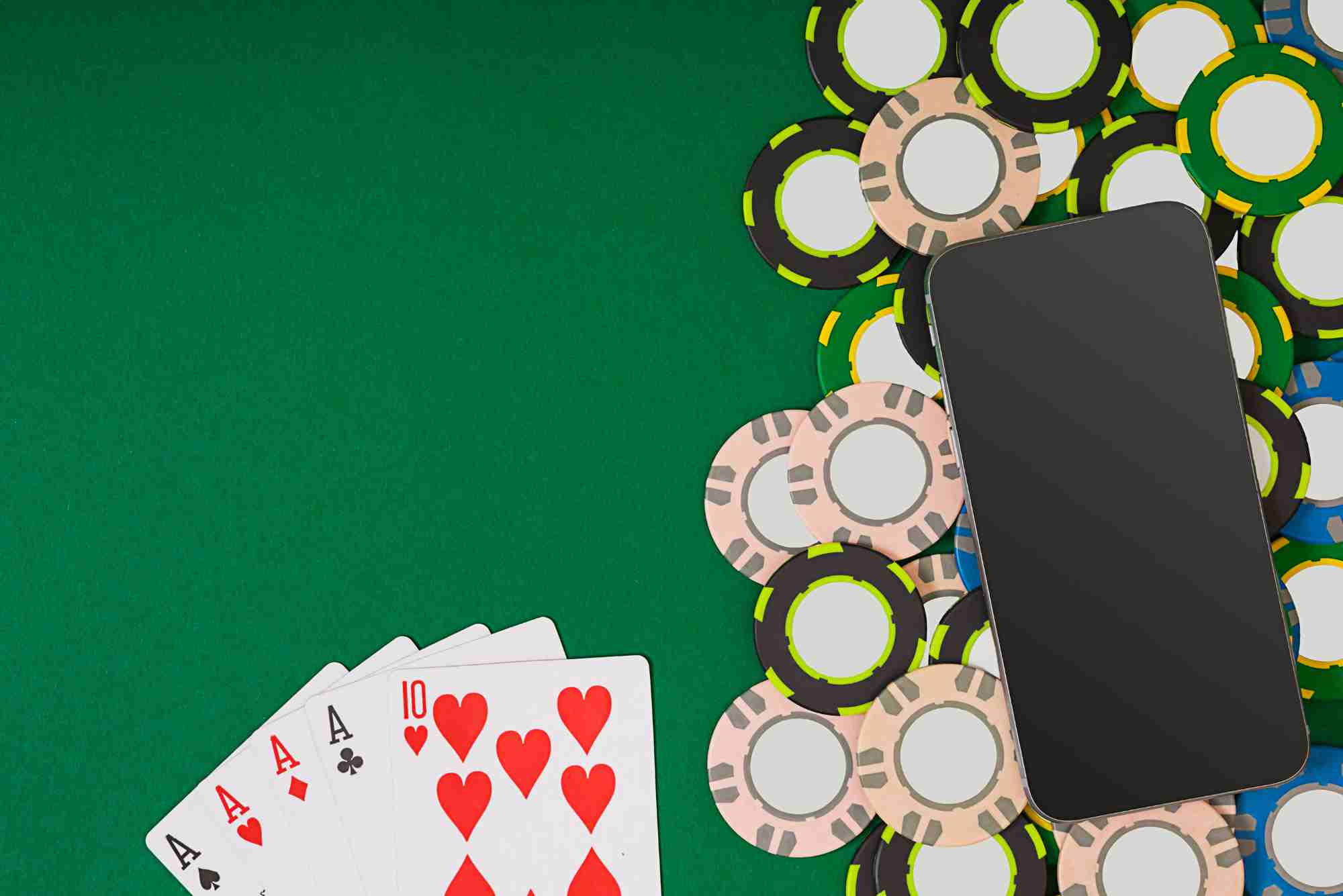In the rapidly evolving world of online casinos, player engagement is more important than ever. With hundreds of sites and thousands of games available, platforms need innovative ways to not only attract users but to keep them active and loyal. One of the latest developments answering this challenge is the rise of player hubs. These centralized spaces are becoming key components on modern casino platforms, and their role is far more strategic than it first appears.
At the heart of a player hub is the idea of control, personalization, and community. For years, casino dashboards were basic. You could check your balance, maybe see your last played game, and access support. But that’s no longer enough. Today’s players expect a personalized experience that mirrors what they see on platforms like Netflix or Spotify, where their preferences guide what’s shown, and where meaningful betting offers are curated just for them.
What Exactly Is a Player Hub?
A player hub is a personalized control center built into the casino interface. Think of it as your own private space within the platform. This hub typically includes your playing history, game recommendations, unlocked achievements, ongoing missions, wallet information, and access to tailored promotions. It often goes beyond being a basic dashboard—it’s more like a mission control for your entire betting experience.
Instead of being a passive list of data, player hubs are interactive and dynamic. For instance, they might show your progress toward a weekly cashback target, highlight which daily bonuses are still available, or offer quick links to games you’ve previously favorited. It’s a more immersive and connected approach to gambling online.
The Main Reasons for the Shift Toward Hubs
The most obvious reason is user engagement. When players feel like the platform understands their behavior and preferences, they’re more likely to stay longer and come back more often. But it’s more than that. Casino sites are starting to compete on experience rather than just bonuses or game count. A well-designed player hub gives a site a serious edge.
Player hubs also help reduce friction. Instead of navigating menus and searching for your favorite slot or promotion, you find everything in one place. This seamless access improves user satisfaction and increases the chance that a player will make a deposit or act on one of the platform’s betting offers.
Another motivation is retention. By integrating features like loyalty rewards, progress meters, or mission badges directly into the hub, platforms are gamifying the user journey itself. This creates a reason to return—not just to win, but to achieve, unlock, and progress.
Personalized Betting Offers and Player Hubs
One of the most valuable functions of a player hub is how it handles betting offers. Instead of showing every promotion available on the site, the hub can present customized deals that are based on the player’s activity and preferences. For example, someone who plays jackpot slots regularly might see a targeted bonus related to high-volatility games. A player who logs in mostly during weekends might receive time-sensitive offers valid only for Saturday and Sunday play.
This personalization isn’t just beneficial for the casino—it creates genuine value for the player. The offers feel relevant, timely, and useful, rather than generic or spammy. And because the hub often includes a history of claimed or expiring offers, it encourages players to take action before missing out.
Smart platforms are even integrating real-time behavior tracking into hubs. If a player completes a bonus round or hits a win streak, the hub can react immediately with a congratulatory animation and a surprise offer—making the experience more rewarding and dynamic.
Social and Competitive Features
Some hubs also include social elements. While this isn’t yet standard across the industry, platforms are beginning to experiment with ways to let players see their rankings, participate in leaderboards, or even challenge friends in mini-tournaments. These features are designed to introduce community without compromising privacy or overwhelming the user.
Even without traditional chat features, hubs can help players feel part of something bigger. When you log in and see that others are completing similar missions or unlocking the same achievements, it creates a shared sense of progress and encourages participation in broader site activities.
Adapting to the Future of Casino Play
As user expectations grow, so does the importance of offering experiences that are both functional and entertaining. A player hub allows casino operators to serve multiple goals in one space—customer service, promotions, retention, and user satisfaction. More importantly, it gives players a sense of ownership over their time on the platform.
With the addition of AI and machine learning, hubs will become even more predictive. We’ll likely see hubs that not only respond to your past actions but anticipate what you’re likely to enjoy next. That might include surfacing a newly released game that’s similar to one you’ve played often or suggesting an exclusive betting offer that aligns with your win-loss history.
For casinos, this means increased engagement. For players, it means less time searching and more time doing what they came to do—play, enjoy, and hopefully win.
Final Thoughts
Player hubs are more than just a cosmetic upgrade. They represent a fundamental shift in how online casinos engage with users. By centralizing gameplay, rewards, missions, and personalized betting offers into one smart interface, platforms are giving players the experience they expect from modern digital entertainment.
As these hubs continue to evolve, they’ll likely become a defining feature of the most successful online casino platforms. If you’re a player, take advantage of what these hubs offer—it’s the most efficient, personalized, and rewarding way to enjoy your favorite games. And if you’re in the casino business, it might be time to rethink your platform’s user experience strategy.








